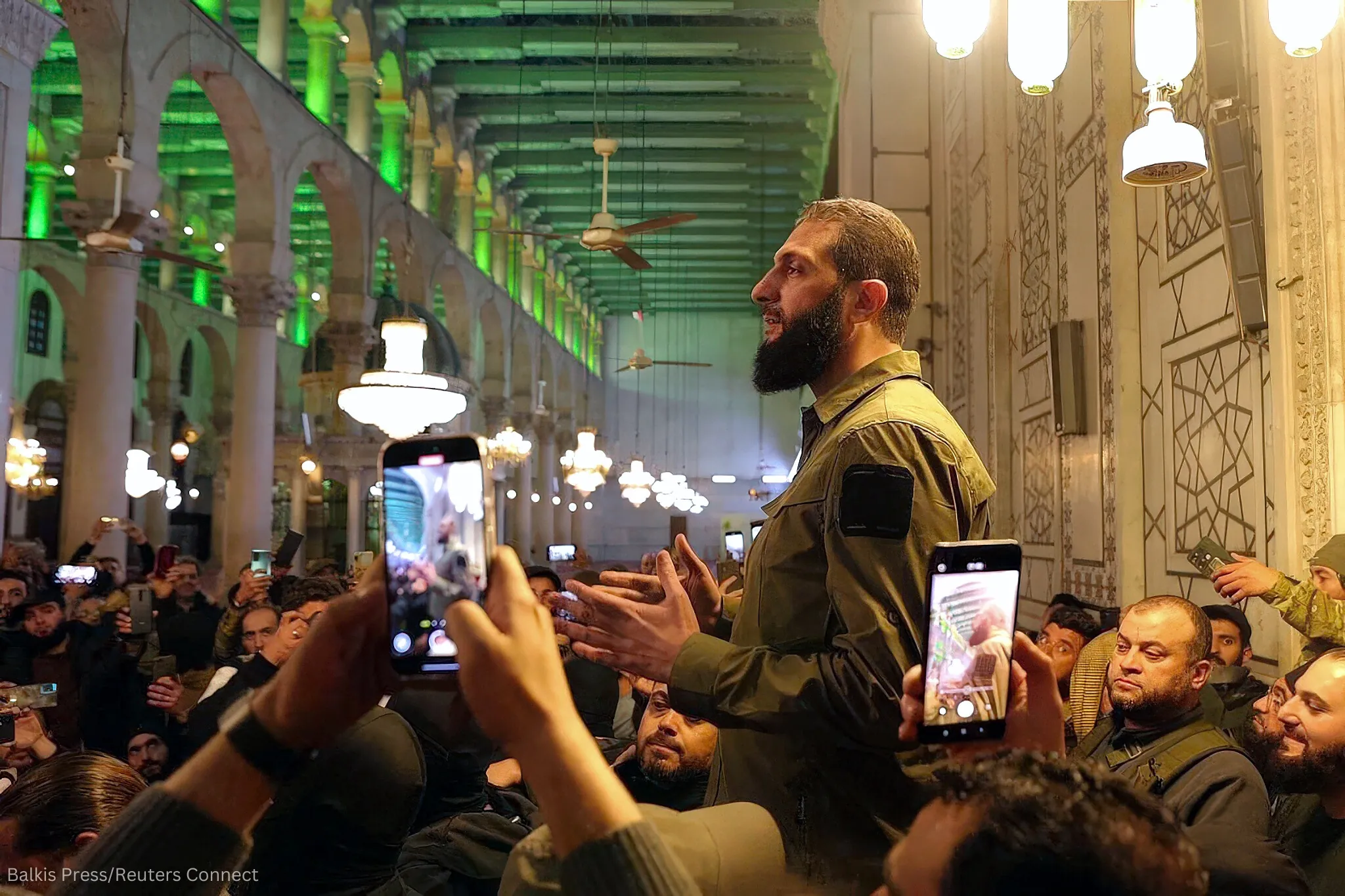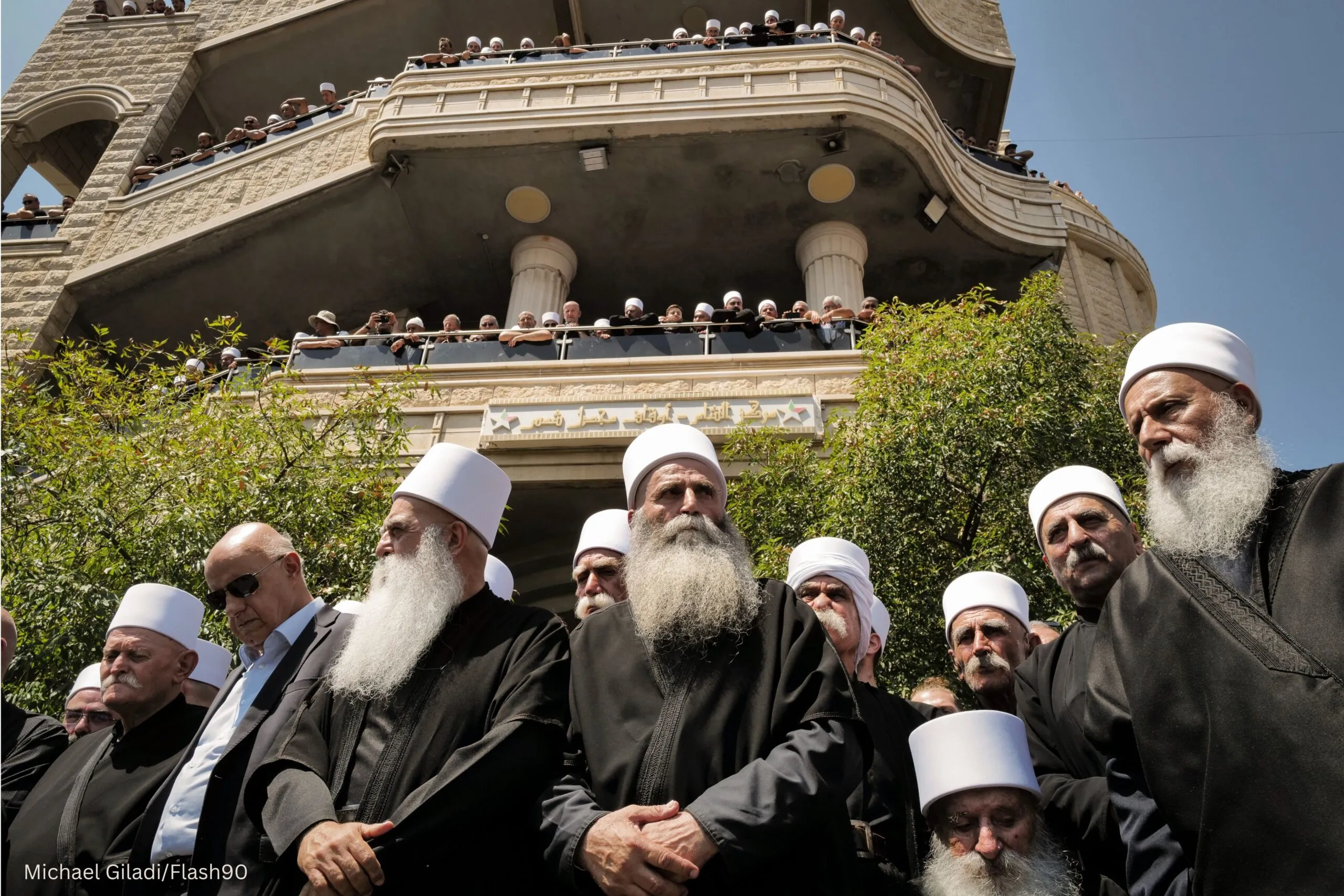
Imagine a world where secrets are the core of your identity, where only a chosen few truly know the mysteries of your beliefs. This is the world of the Druze, one of the most mysterious religious communities on earth. The Druze faith is so secretive that only its top spiritual leaders have ever known its deepest truths, and no one today can convert to become a Druze. No one. It’s a religion that guards its inner workings fiercely, making it both fascinating and elusive.
The Hidden Origins of a Mysterious Leader
The story of the Druze begins with a man shrouded in mystery: Hamza ibn Ali ibn Ahmad. No one knows where he was born, when he was born, or when he died. Tradition maintains he came from a Persian family and was a Shia Muslim mystic. But beyond that, his origins are as enigmatic as the religion he founded.
Hamza was a man of immense intellect, deeply versed in Islamic theology, Greek philosophy, and the religious traditions of the world—from Christianity to Buddhism, Hinduism, and beyond. He wasn’t just a scholar; he was a seeker, someone who was not content with the answers provided by Islam alone. He searched for truth in all religions, taking what he believed was the best from each and weaving them into a new faith.
In his teachings, Hamza honored a diverse group of Biblical prophets, from Adam and Noah to Moses, Jesus, and John the Baptist. Interestingly, he also concluded that Jethro, Moses’ father-in-law, was not only a prophet but the actual ancestoral father of the Druze people.

Foundational Creeds of Hamza
One of the most distinctive aspects of Druze belief is the concept of reincarnation. Hamza taught that the soul is eternal, moving through a continuous cycle of rebirth. All Druze born today are taught they are reincarnations of Druze who died. Depending on one’s actions when alive, he or she will be elevated or demoted in the next life. They testify this belief offers comfort and moral guidance to the Druze, encouraging them to live ethical lives in harmony with the divine will.
The two-tiered Druze community is divided into two distinct groups: the al-Uqqal, or the Knowledgeable, and the al-Juhhal, the Ignorant. The vast majority, about 95%, fall into the latter category. These members are not permitted to view the holy texts nor do they attend religious meetings; yet nearly all Druze hold a belief in God.
However, central to Hamza’s teachings is to understand the oneness of God—a God who is beyond human understanding, beyond time, space, and the human experience. Hamza grasped the greatness of God but missed the personal nature of a God who desires relationship with His creation.
A Royal Ally: The Role of Al-Hakim
But how did this secretive religion gain thousands of followers (today they number over a million worldwide)? The answer lies with a powerful ally: al-Hakim bi-Amr Allah. Al-Hakim was not just any ruler; he was the supreme leader of much of North Africa and the Levant (Israel, Lebanon and Syria), with residence in Cairo. Both a Caliph and an Imam, he was rumored to by some to be a descendant of Muhammed while by others to have had a Christian mother. He was eccentric and controversial and ruled with absolute authority. He met Hamza, listened to his new doctrines and embraced them fully. Al-Hakim would become the twin founder of the new Druze religion.
Al-Hakim’s endorsement of Hamza’s teachings was crucial. On May 30, 1017 AD, Hamza officially proclaimed his new religion, and declared al-Hakim to be a divine figure—a bold departure from Islam that marked the start of the Druze faith. Al-Hakim’s religious actions were often seen as enigmatic and contributed to his reputation as a mysterious and controversial figure. Without doubt, Al-Hakim’s support lent the movement the gravity it needed to flourish.
The Fate of Ad-Darazi and Al-Hakim
Among Hamza’s early followers was Muhammad bin Ismail ad-Darazi, a magnetic evangelist who brought many converts to the new faith. However, ambition got the better of ad-Darazi, leading him to claim divine status for himself—a move that Hamza did not support. Hamza excommunicated ad-Darazi, but al-Hakim is believed to have executed him to preserve the unity of the Druze movement. Ironically, despite his fall from grace, the religion became known as Druze, named after this discredited figure.
Al-Hakim’s reign ended abruptly in 1021 when he mysteriously disappeared during a night ride in Cairo. His disappearance remains one of history’s unsolved mysteries, adding to the aura of intrigue surrounding the Druze faith. To this day, the Druze await his return, believing that he will be miraculously reborn and usher in a new Golden Age at the Last Judgment.
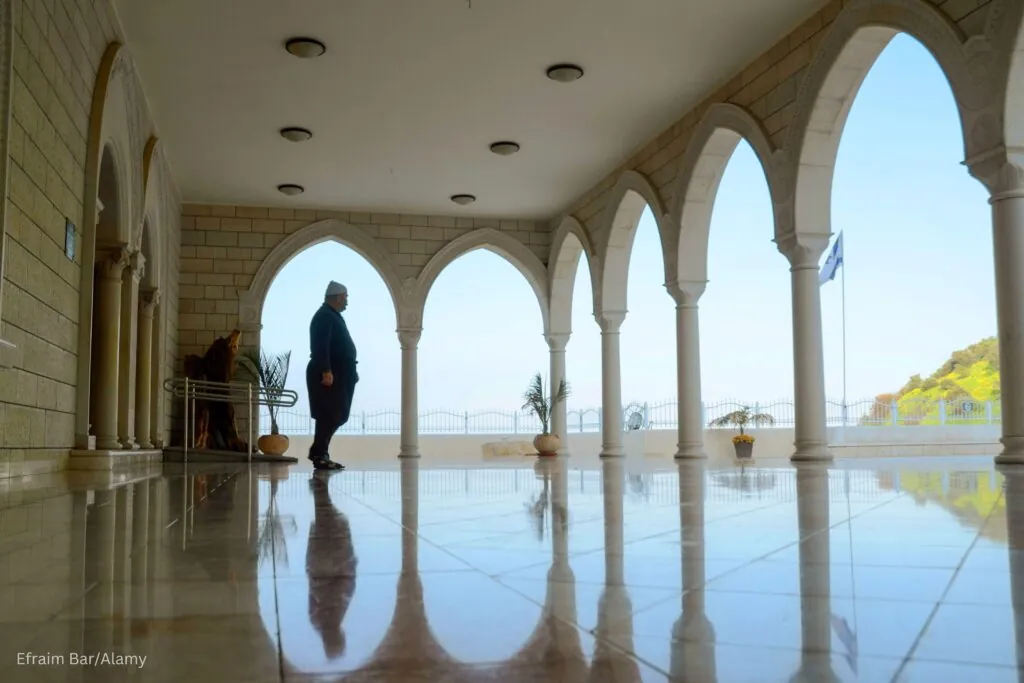
Surviving Through the Centuries
In the early days of the Druze faith, converts were welcomed. Hamza and al-Hakim actively spread their teachings, drawing followers from diverse backgrounds. As a unique side note, while Druze are considered Arab ethnically, some genetic researches have found evidence that Druze today have more genetic similarities to Ashkenazi Jews than Arabs.
But in 1043, Baha al-Din al-Muqtana, who succeeded Hamza, declared that the Druze faith would no longer accept new converts. Baha felt he must maintain the purity and integrity of Druze doctrine. New converts were likely to bring other beliefs that could corrupt the original canon, whereas those born and raised in the faith would be faithful to its teachings. This decision sealed the Druze community’s identity as a closed and secretive faith, open only to those born into it.
The Druze have faced countless challenges over the centuries, yet they have always found ways to protect their independence and unique identity. They settled in remote, mountainous areas in Lebanon, Syria, and northern Israel, where they could live somewhat isolated from the empires that ruled the region. They would be both a peaceful community and fierce warriors when threatened.
As the Middle East underwent significant changes following the collapse of the Ottoman Empire in the 20th century and the establishment of Israel, the Druze adapted to the new political landscape. You can see these adaptations in their clothing. The older generation of men wear a baggy trousers unique to the Druze, while elderly ladies wear traditional robes similar to their Arab peers. But their young people dress similarly to Israeli youth, yet with a somewhat more modest look.
A New Challenge: Modernity and the Gospel
Today, the Druze face a different kind of challenge—one that cannot be fought with swords. Modern society, technology, and the opportunities they bring are pulling the younger generation in new directions. However, this gradual exposure to the outside world has also opened a crack in the door for some Druze to hear the Good News.
Until now, becoming a Christian was almost unheard of in the Druze community. And those who have taken that step pay a heavy price—they can never return to their own people as true Druze. This is a heavy choice to make for people who grow up with such a strong sense of belonging. But for some, the promise of a real connection with a God through His Son—who was previously unattainable, is worth the sacrifice.
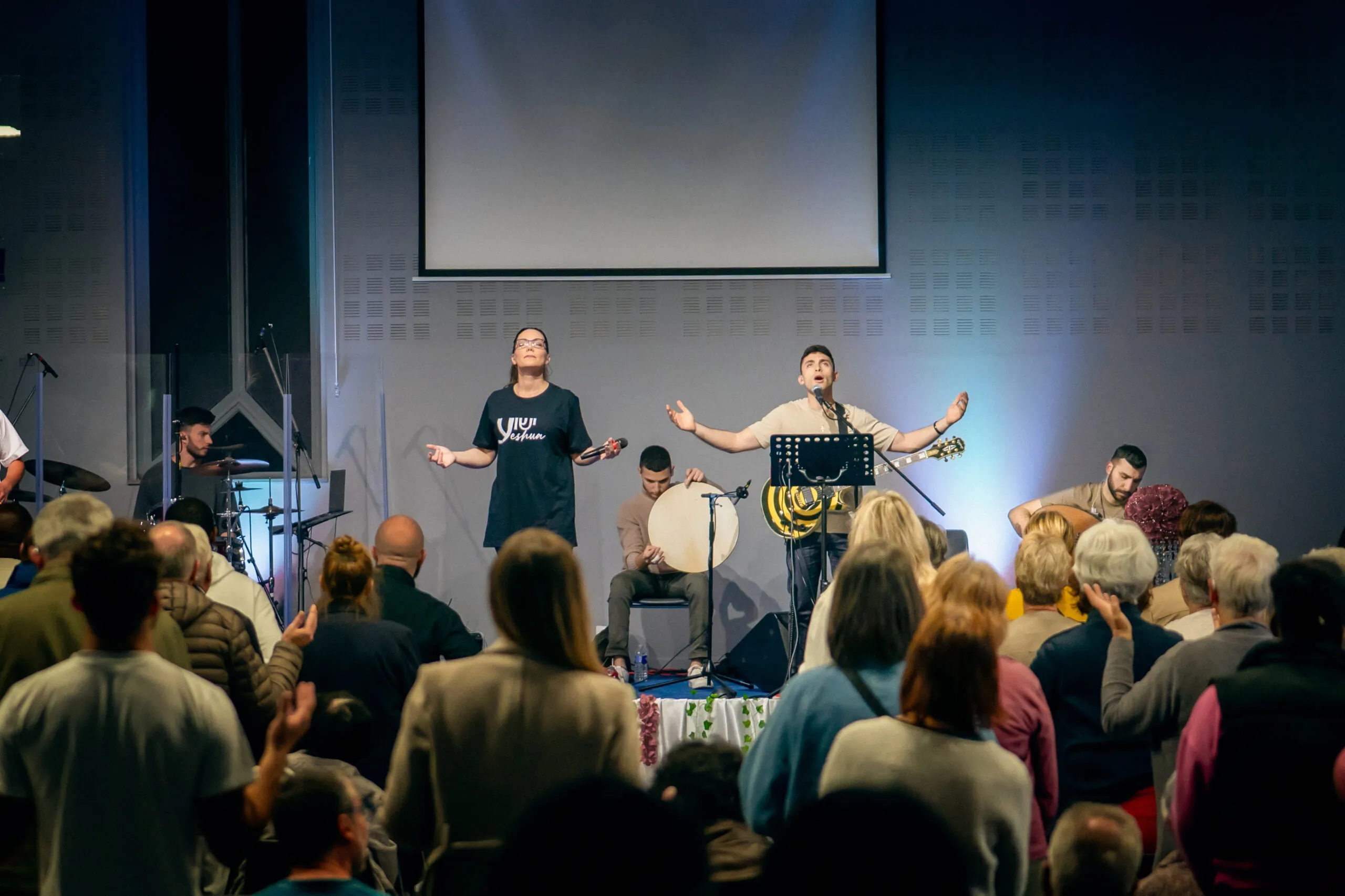
Israel and Ishmael Tour Mission

No Child Left Behind
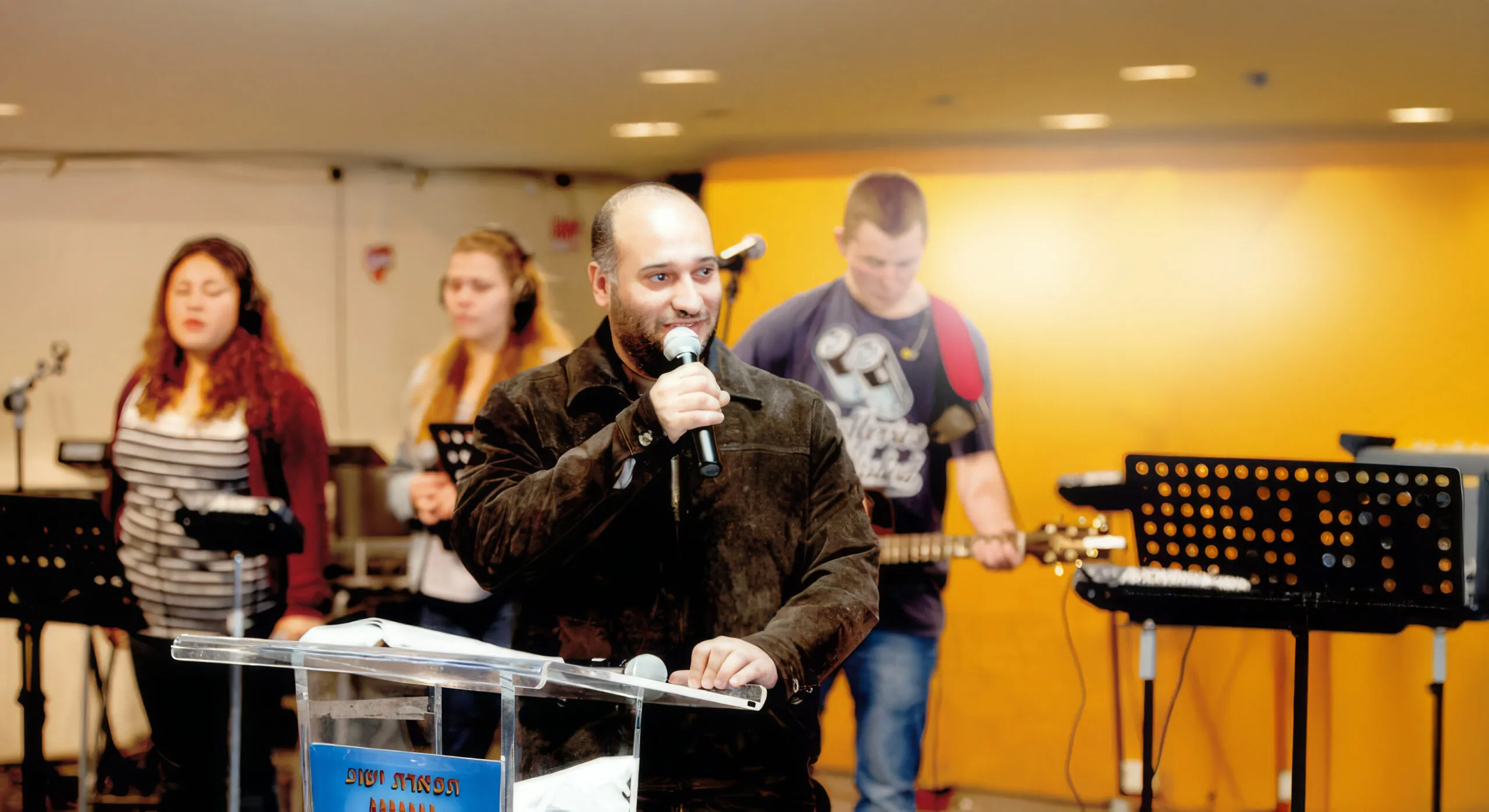
Israel’s First Indigenous Pastor?
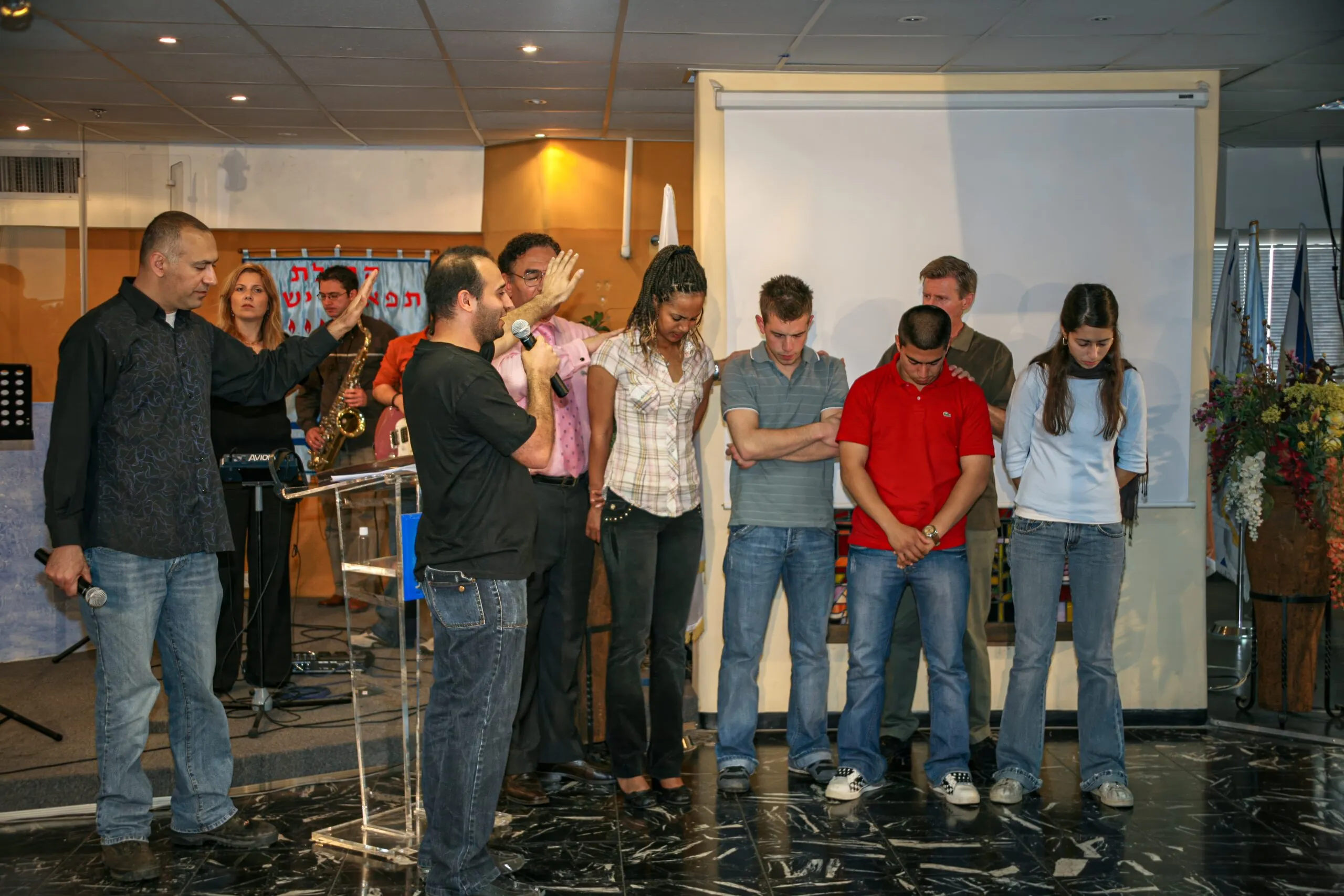
Rooted and Rising in Israel
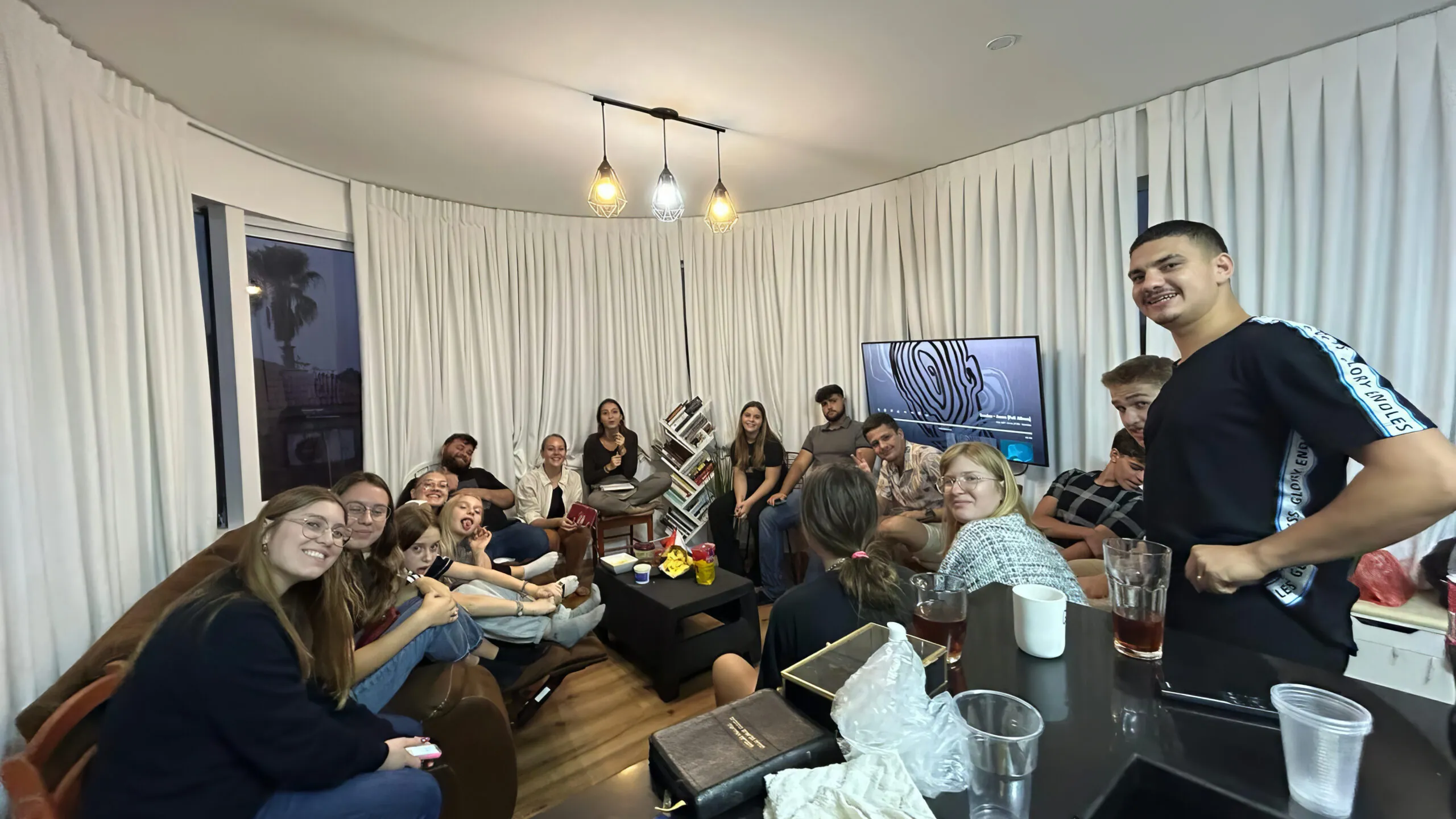
A New Generation Rises

Leaders in the Making
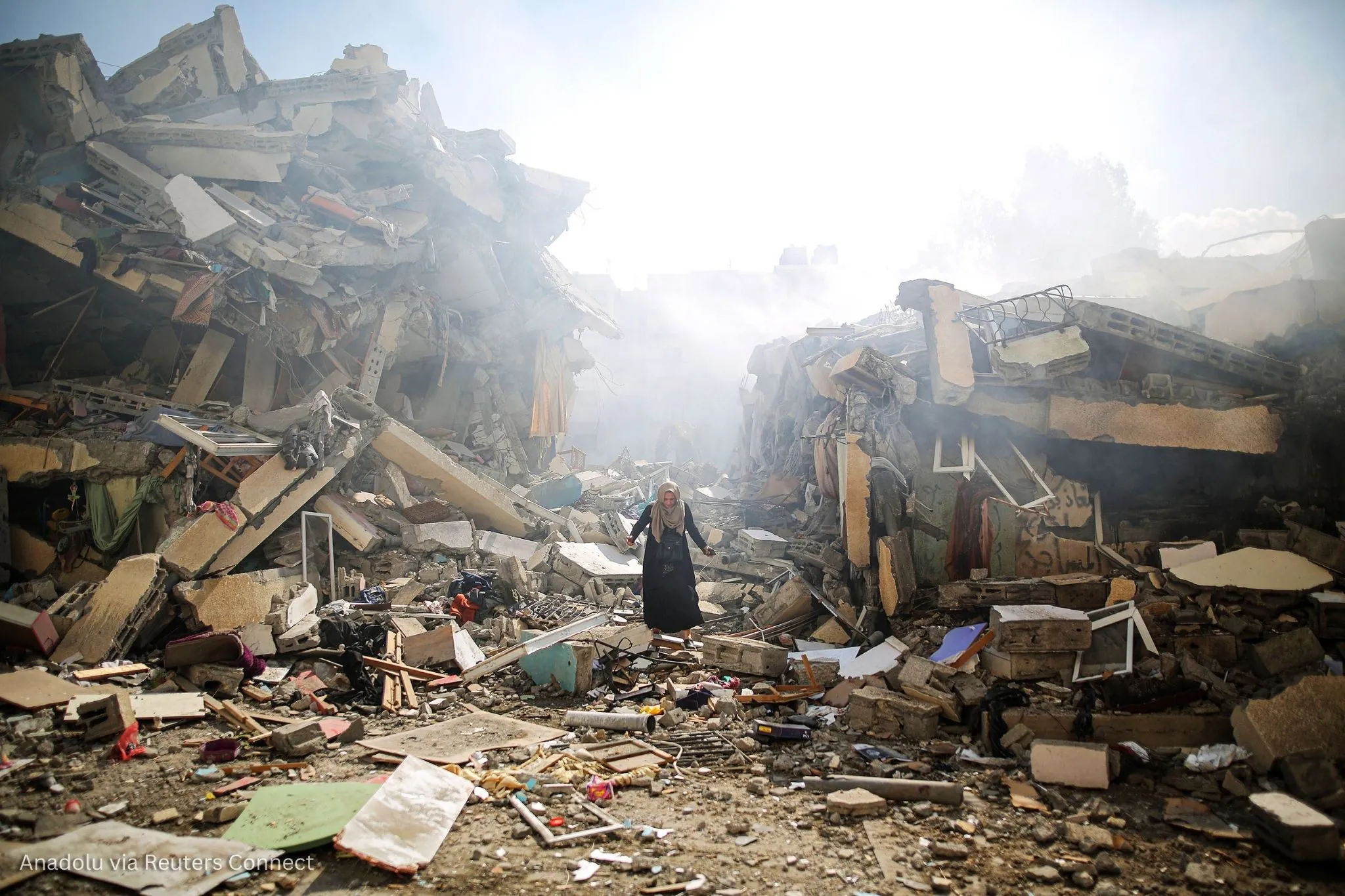
Free Gaza
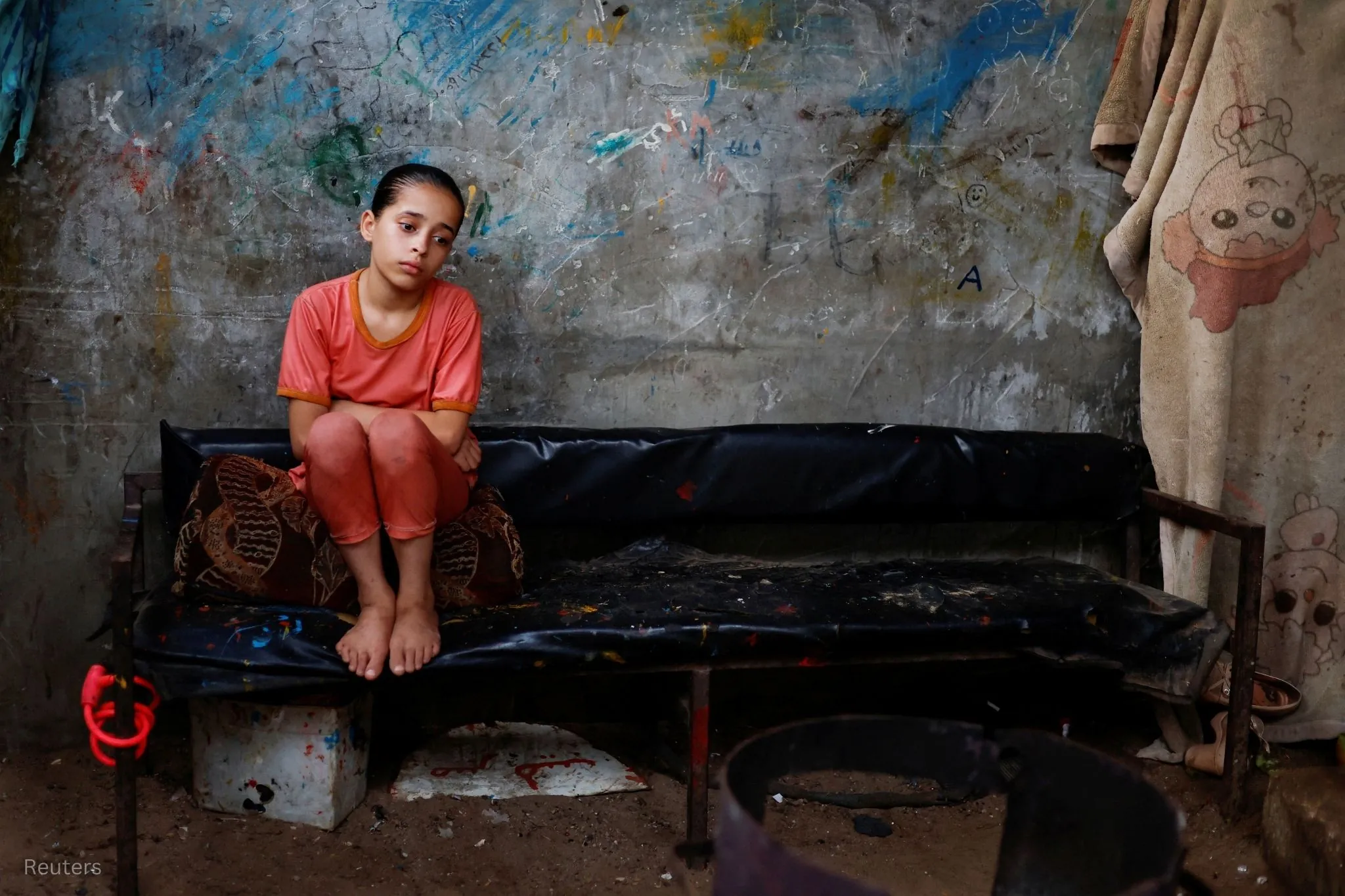
Bringing Light Beyond Borders

From Crisis to Christ
